2-25-23
The Shroud of Turin, the burial cloth of Jesus Christ, is a linen cloth that has survived close to 2000 years.* In those years the Shroud has faced human intervention/neglect, wars, disasters, fires, faith and doubt. The Shroud has traveled long distances; has been exchanged through many human hands; has been hidden for centuries and has been displayed for the faithful.
*In 1988, scientists at three separate laboratories carbon dated samples from the Shroud to a range of 1260-1390 AD, which coincides with the first certain appearance of the shroud in the 1350s and is much later than the burial of Jesus in 30 or 33 AD. Aspects of the 1988 tests continue to be debated and will be addressed in later posts.
Timeline / Provenance of The Shroud
The timeline/provenance of the Shroud (the chronology of the ownership, custody or location of a historical object), is long and varied and has been hotly debated between believers and nonbelievers.
The believers assert the Shroud is the true burial cloth of Jesus and the image on the Shroud was made by radiation/light from Jesus' resurrection.
The nonbelievers assert the Shroud is not the burial cloth of Jesus and instead it is a medieval forgery by a medieval artist or it was created in the medieval era by some other human method.
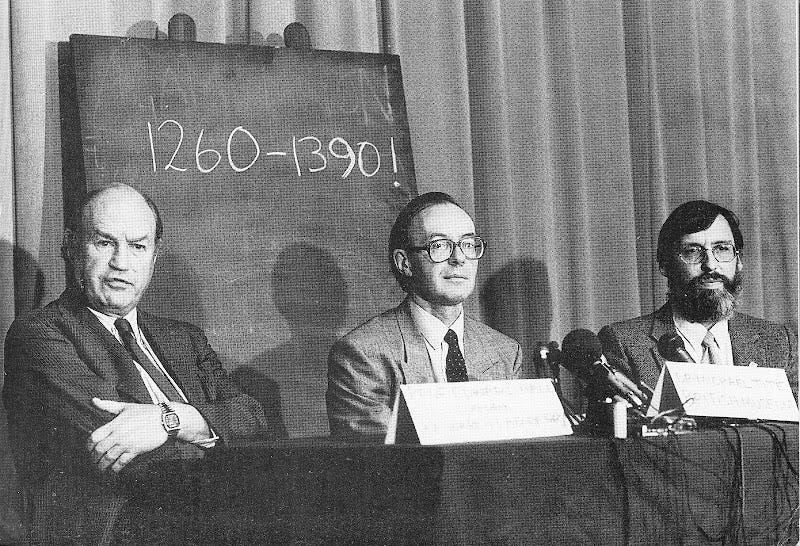
The Beginning
Jesus was tortured and crucified by the Romans and died on the cross circa 30-33 AD.
The Bible's New Testament Gospel stories of Jesus’ death and burial are the first documents that refer to the Holy Shroud. The four Gospels were written between 50 and 90 AD.
The Gospel of Luke (Chapter 23, verse 50-56) outlines the burial of Jesus stating Jesus' body was wrapped in a linen cloth.
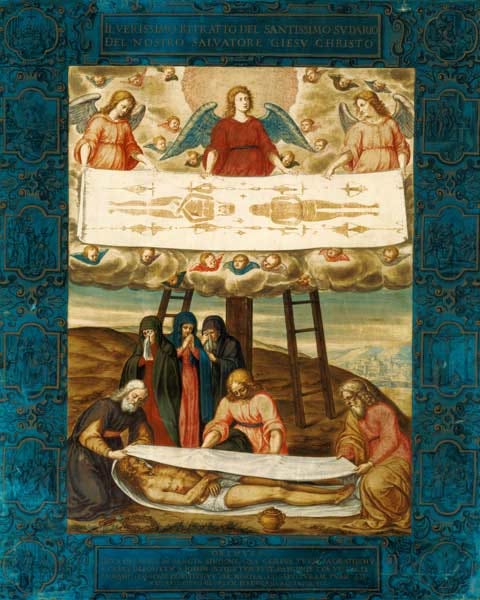
The Burial of Jesus
23:50 Now there was a man named Joseph, a member of the Council, a good and upright man, 23:51 who had not consented to their decision and action. He came from the Judean town of Arimathea, and he himself was waiting for the kingdom of God. 23:52 Going to Pilate, he asked for Jesus’ body. 23:53 Then he took it down, wrapped it in linen cloth and placed it in a tomb cut in the rock, one in which no one had yet been laid. 23:54 It was Preparation Day, and the Sabbath was about to begin.
23:55 The women who had come with Jesus from Galilee followed Joseph and saw the tomb and how his body was laid in it. 23:56 Then they went home and prepared spices and perfumes. But they rested on the Sabbath in obedience to the commandment.
The Gospel of Luke (Chapter 24, verse 1-12) then describes how after the Sabbath, Peter (one of Jesus' disciples) went to the tomb where Jesus was buried and saw Jesus' body was not there and instead there were "strips of linen lying by themselves."
Jesus Has Risen
24 On the first day of the week, very early in the morning, the women took the spices they had prepared and went to the tomb. 24:2 They found the stone rolled away from the tomb, 24:3 but when they entered, they did not find the body of the Lord Jesus. 24:4 While they were wondering about this, suddenly two men in clothes that gleamed like lightning stood beside them. 24:5 In their fright the women bowed down with their faces to the ground, but the men said to them, “Why do you look for the living among the dead? 24:6 He is not here; he has risen! Remember how he told you, while he was still with you in Galilee: 24:7 ‘The Son of Man must be delivered over to the hands of sinners, be crucified and on the third day be raised again.’ ” 24:8 Then they remembered his words.
24:9 When they came back from the tomb, they told all these things to the Eleven and to all the others. 24:10 It was Mary Magdalene, Joanna, Mary the mother of James, and the others with them who told this to the apostles. 24:11 But they did not believe the women, because their words seemed to them like nonsense. 24:12 Peter, however, got up and ran to the tomb. Bending over, he saw the strips of linen lying by themselves, and he went away, wondering to himself what had happened.
The Gospel of Mark (Chapter 15, verse 42-47) outlines the burial of Jesus stating Joseph of Arimathea bought "some linen cloth" and wrapped Jesus' body in it and placed the body in a "tomb cut out of rock."
The Burial of Jesus
15:42 It was Preparation Day (that is, the day before the Sabbath). So as evening approached, 15:43 Joseph of Arimathea, a prominent member of the Council, who was himself waiting for the kingdom of God, went boldly to Pilate and asked for Jesus’ body. 15:44 Pilate was surprised to hear that he was already dead. Summoning the centurion, he asked him if Jesus had already died. 15:45 When he learned from the centurion that it was so, he gave the body to Joseph. 15:46 So Joseph bought some linen cloth, took down the body, wrapped it in the linen, and placed it in a tomb cut out of rock. Then he rolled a stone against the entrance of the tomb. 15:47 Mary Magdalene and Mary the mother of Joseph saw where he was laid.
The Gospel of John (Chapter 19, verse 38-42) details the burial of Jesus stating Joseph of Arimathea and Nicodemus took Jesus’ body and "...the two of them wrapped it, with the spices, in strips of linen."
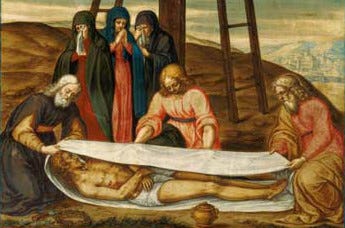
The Burial of Jesus
19:38 Later, Joseph of Arimathea asked Pilate for the body of Jesus. Now Joseph was a disciple of Jesus, but secretly because he feared the Jewish leaders. With Pilate’s permission, he came and took the body away. 19:39 He was accompanied by Nicodemus, the man who earlier had visited Jesus at night. Nicodemus brought a mixture of myrrh and aloes, about seventy-five pounds.[e] 19:40 Taking Jesus’ body, the two of them wrapped it, with the spices, in strips of linen. This was in accordance with Jewish burial customs. 19:41 At the place where Jesus was crucified, there was a garden, and in the garden a new tomb, in which no one had ever been laid. 19:42 Because it was the Jewish day of Preparation and since the tomb was nearby, they laid Jesus there.
The Gospel of John (Chapter 20, verse 1-10) then speaks of the empty tomb and the strips of linen which had been used to wrap Jesus' body still lying in the tomb, including "...the cloth that had been wrapped around Jesus’ head. The cloth was still lying in its place, separate from the linen."
The Empty Tomb
20 Early on the first day of the week, while it was still dark, Mary Magdalene went to the tomb and saw that the stone had been removed from the entrance. 20:2 So she came running to Simon Peter and the other disciple, the one Jesus loved, and said, “They have taken the Lord out of the tomb, and we don’t know where they have put him!”
20:3 So Peter and the other disciple started for the tomb. 20:4 Both were running, but the other disciple outran Peter and reached the tomb first. 20:5 He bent over and looked in at the strips of linen lying there but did not go in. 20:6 Then Simon Peter came along behind him and went straight into the tomb. He saw the strips of linen lying there, 20:7 as well as the cloth that had been wrapped around Jesus’ head. The cloth was still lying in its place, separate from the linen. 20:8 Finally the other disciple, who had reached the tomb first, also went inside. He saw and believed. 20:9 (They still did not understand from Scripture that Jesus had to rise from the dead.) 20:10 Then the disciples went back to where they were staying.
Finally, the Gospel of Matthew (Chaper 27 verse 57-61) describes the burial of Jesus and the linen cloth used to wrap the body of Jesus.
The Burial of Jesus
27:57 As evening approached, there came a rich man from Arimathea, named Joseph, who had himself become a disciple of Jesus. 27:58 Going to Pilate, he asked for Jesus’ body, and Pilate ordered that it be given to him. 27:59 Joseph took the body, wrapped it in a clean linen cloth, 27:60 and placed it in his own new tomb that he had cut out of the rock. He rolled a big stone in front of the entrance to the tomb and went away. 27:61 Mary Magdalene and the other Mary were sitting there opposite the tomb.
The four Gospels from the Bible's New Testament are in agreement that the body of Jesus was wrapped with a linen cloth (strips) before burial in a rock tomb. Three of the Gospels (Luke, Mark, John) describe the disciples finding the tomb empty of Jesus' body, days after his burial, and instead all that was left were the linen strips used to wrap the body of Jesus.
The Gospel of John describes a secondary cloth in the tomb, the head cloth used to cover Jesus' head as he was brought down from the cross. The head cloth was in the empty tomb with the linen strips but was separate from the linen. This is an important detail which will be explained later in another post about the Sudarium of Oviedo a bloodstained piece of cloth (carbon dated circa 700 AD, that has a provenance back to 570 AD) that is thought to be the cloth that was wrapped around the head of Jesus Christ after he died.
The Gospels do not say what happened to the linen that was left in Jesus' empty tomb (c. 33 AD). Perhaps the linen was left in the tomb to rot and disintegrate. Or the linen may have been saved by Jesus' disciples and hidden from the Romans.
All information of what happened to Jesus' burial linen was lost or hidden until the fourth century when the legend of King Abgar of Edessa (The Image of Edessa) was written by Roman Christian historian Eusebius (c. 324 AD).
Note: The first Roman Emperor to convert to Chrisianity was Constantine the Great, he became the sole ruler of the Roman Empire in 324 AD. Perhaps, after Constantine's rise to power in Rome the history of Jesus' burial cloth could now be told and no longer hidden from the pagan Romans.
The next post will continue the Timeline of the Shroud of Turin, detailing the Image of Edessa and its route to Constantinople...oops I mean Istanbul.





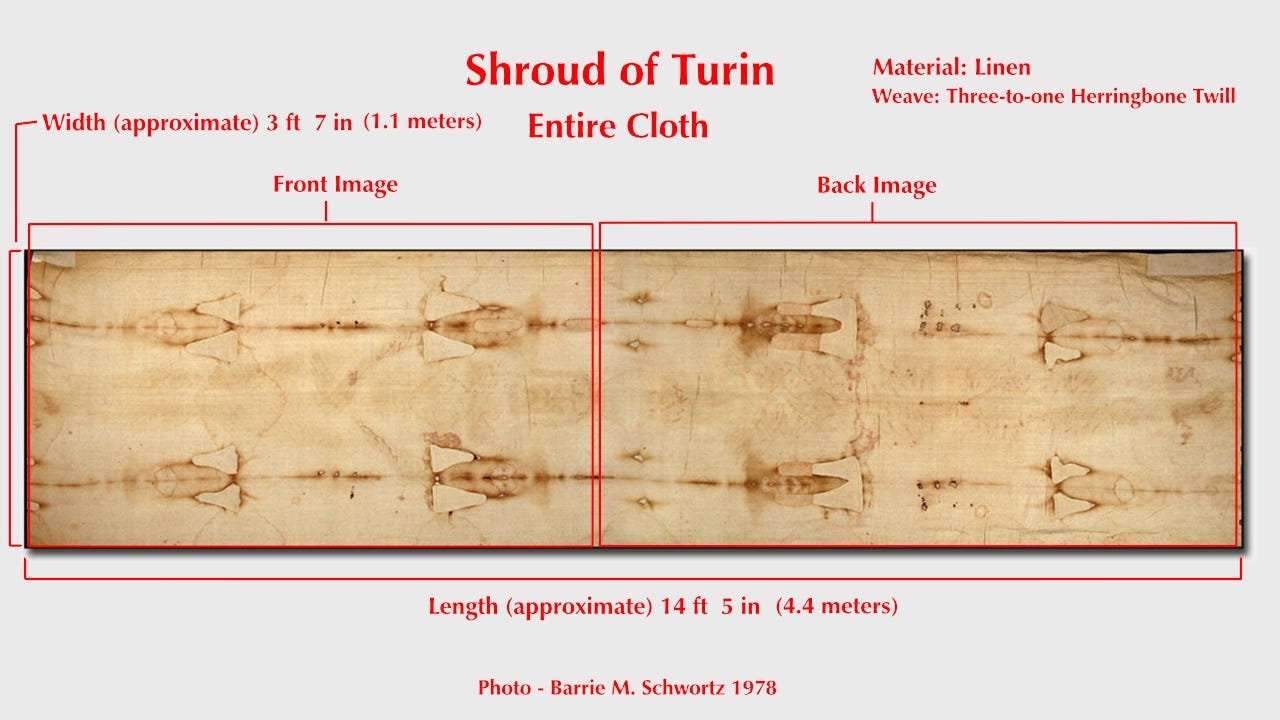
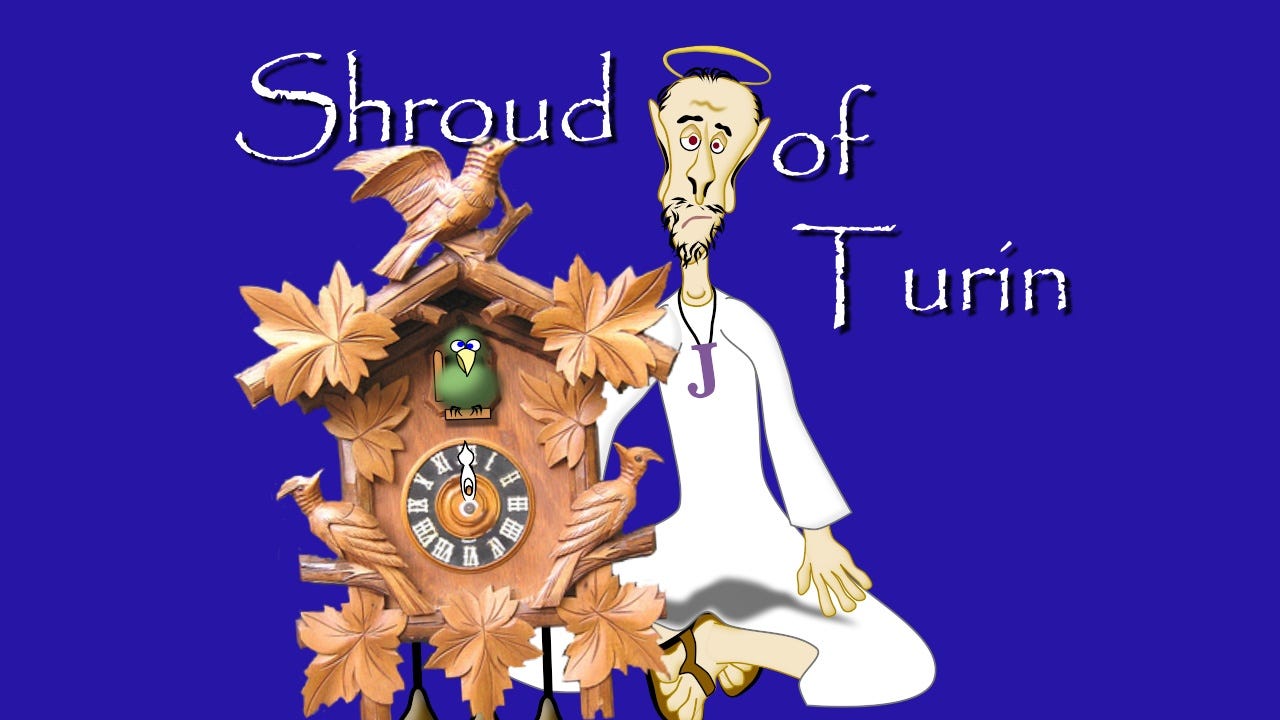
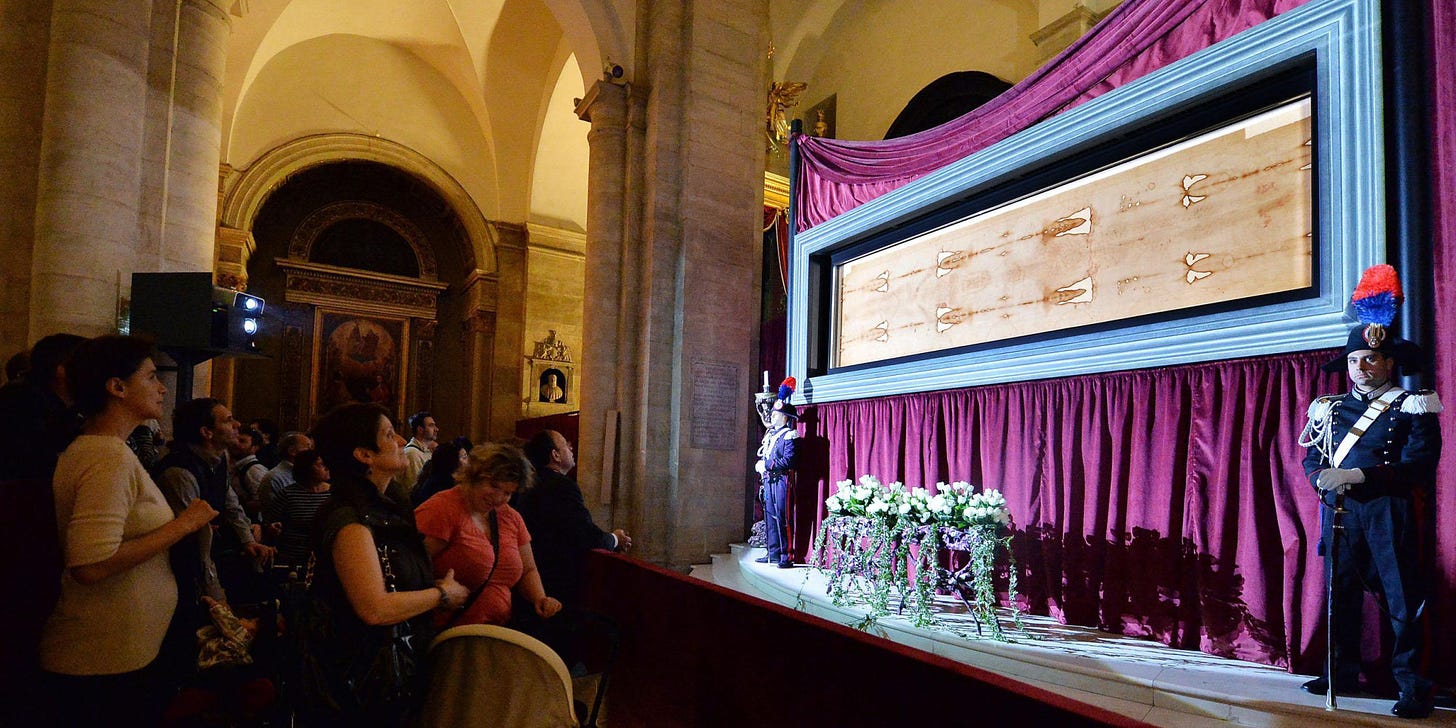
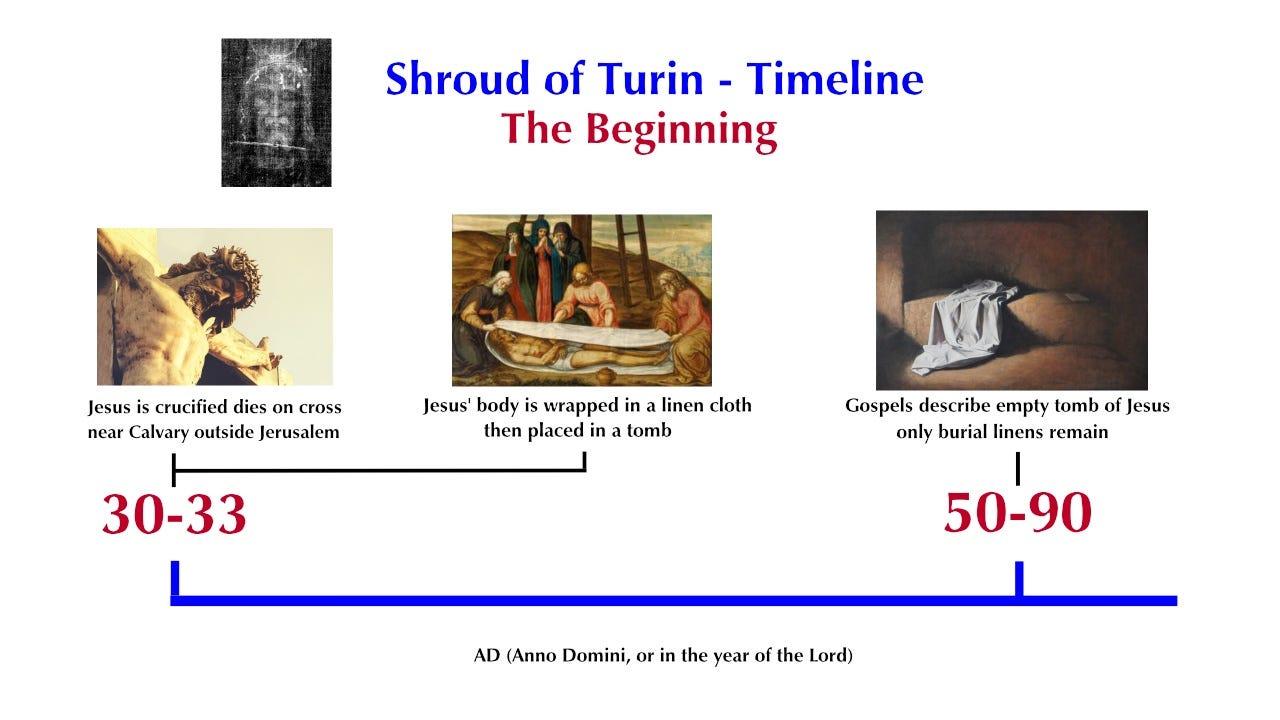
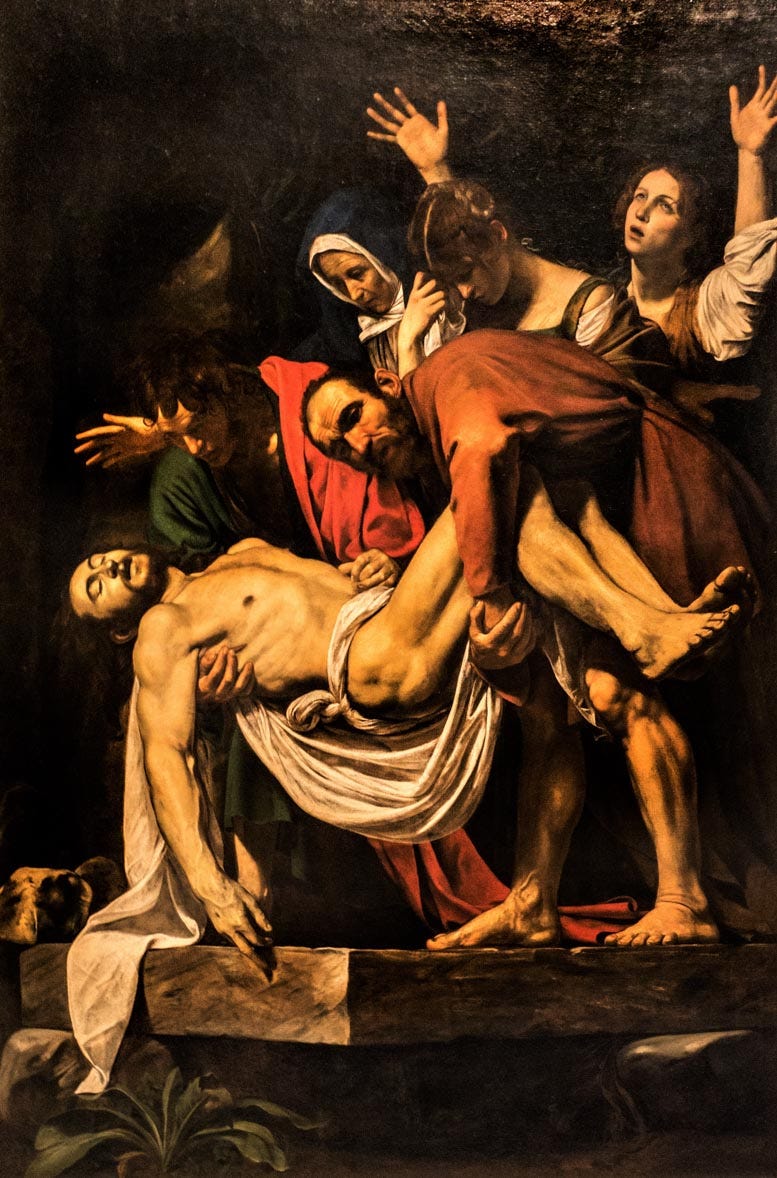
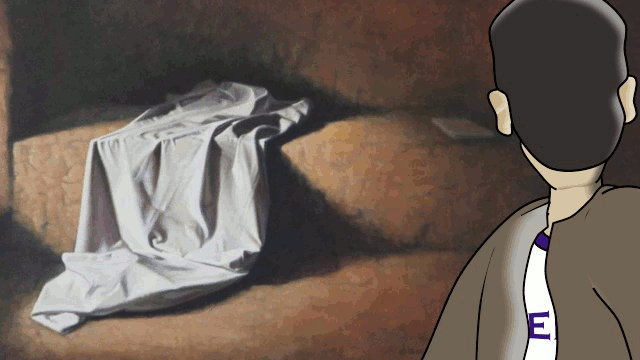
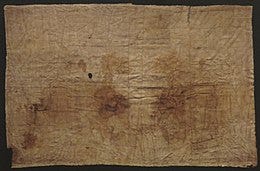
THIS is so awesome! Thank you!✝️
P.S. I also liked the song from the Four Lads.